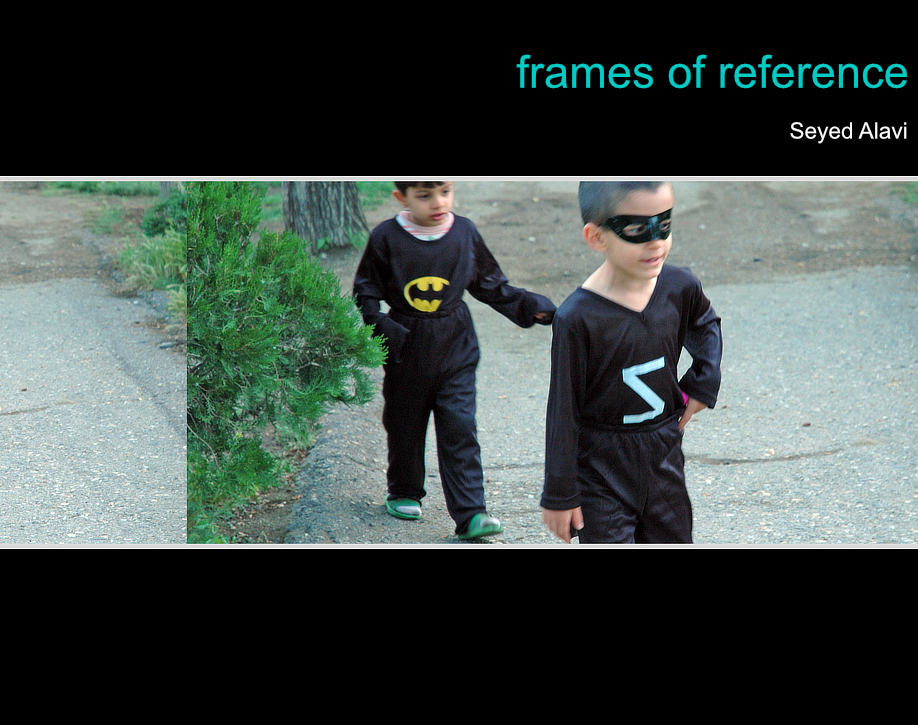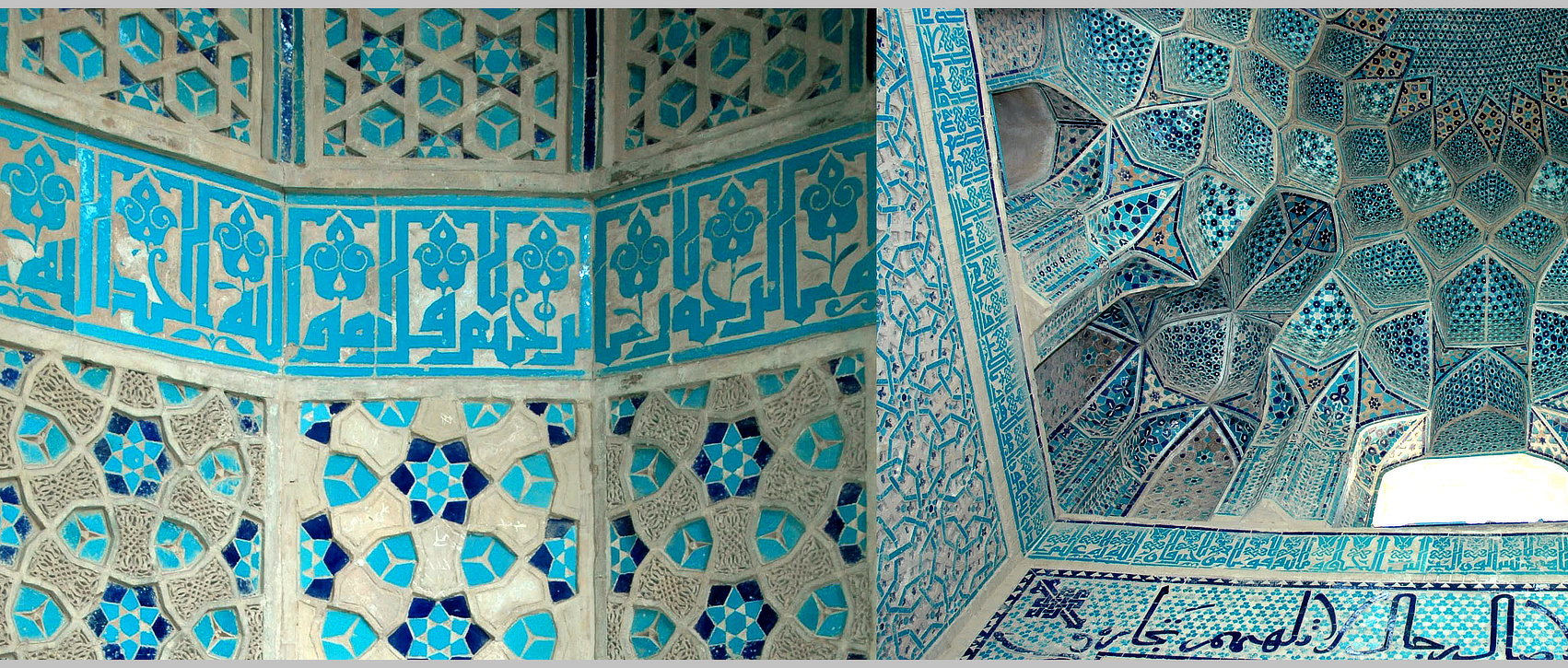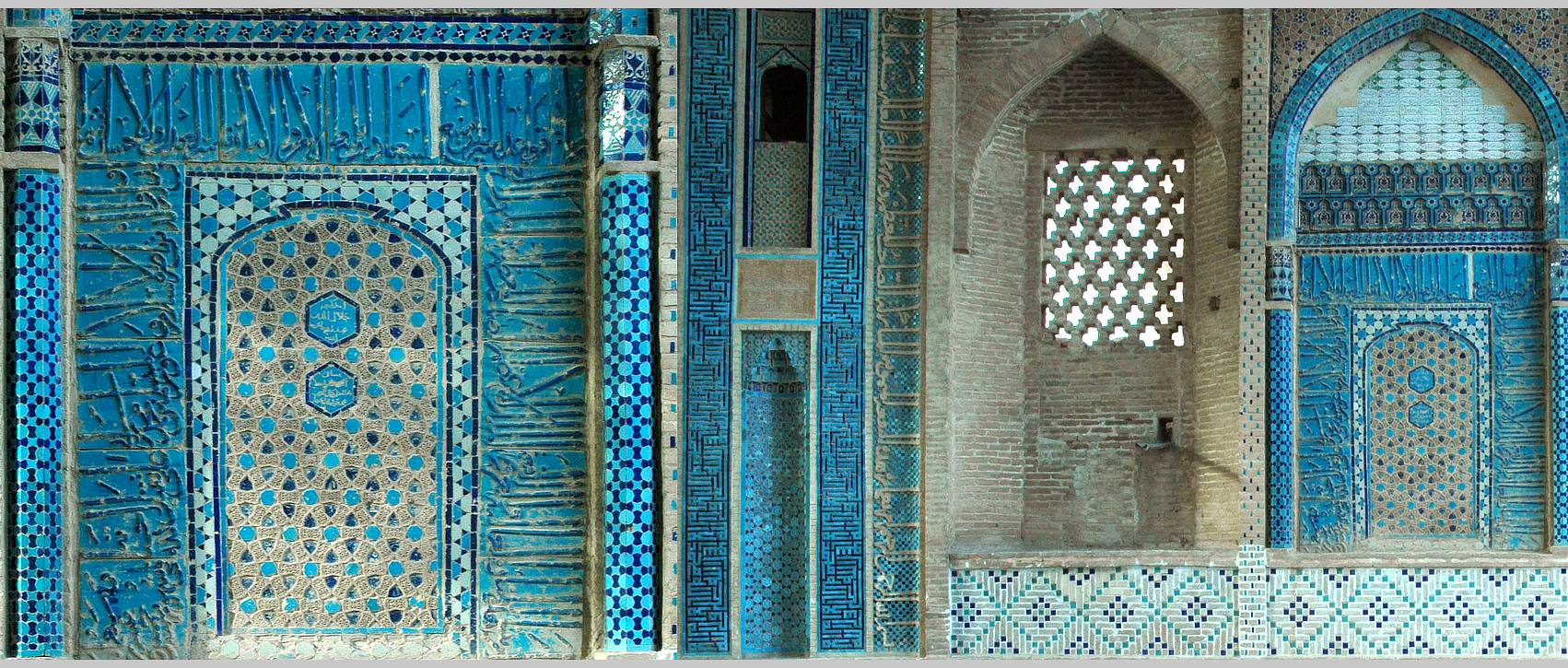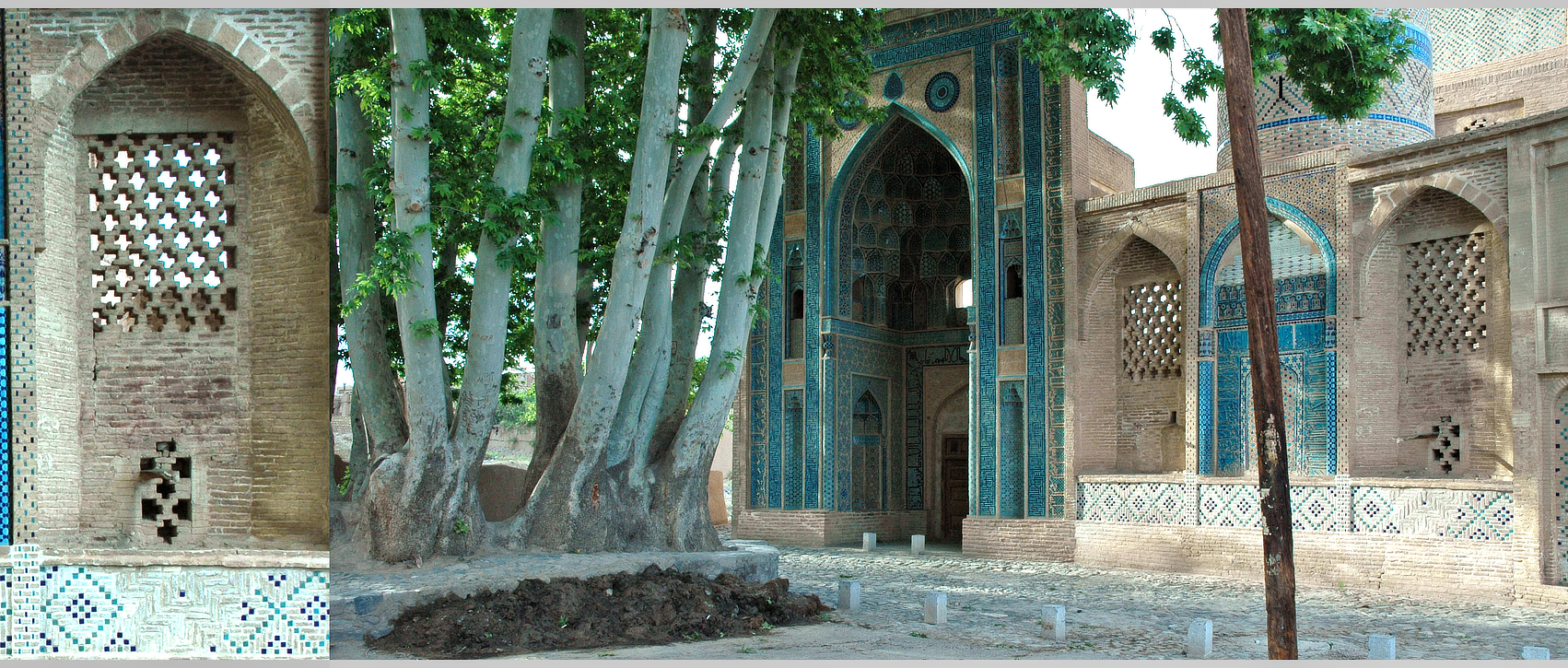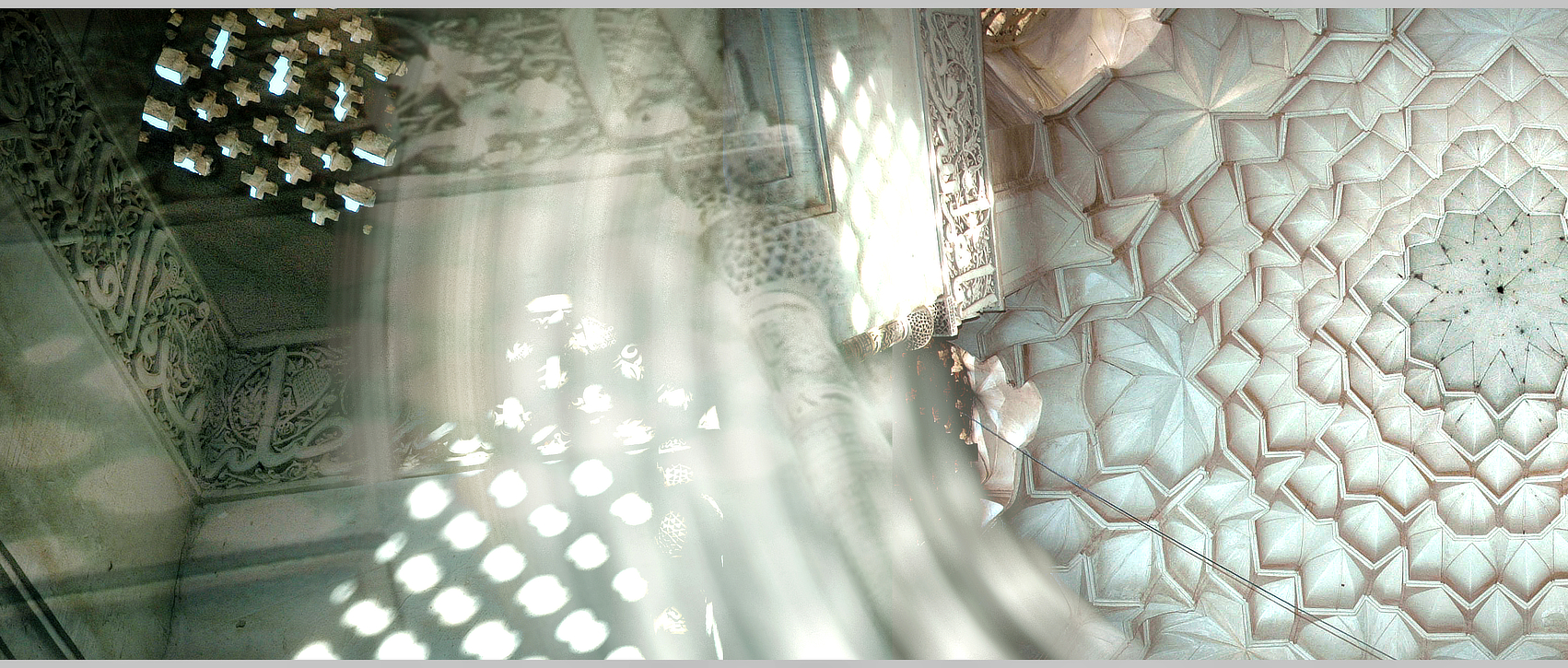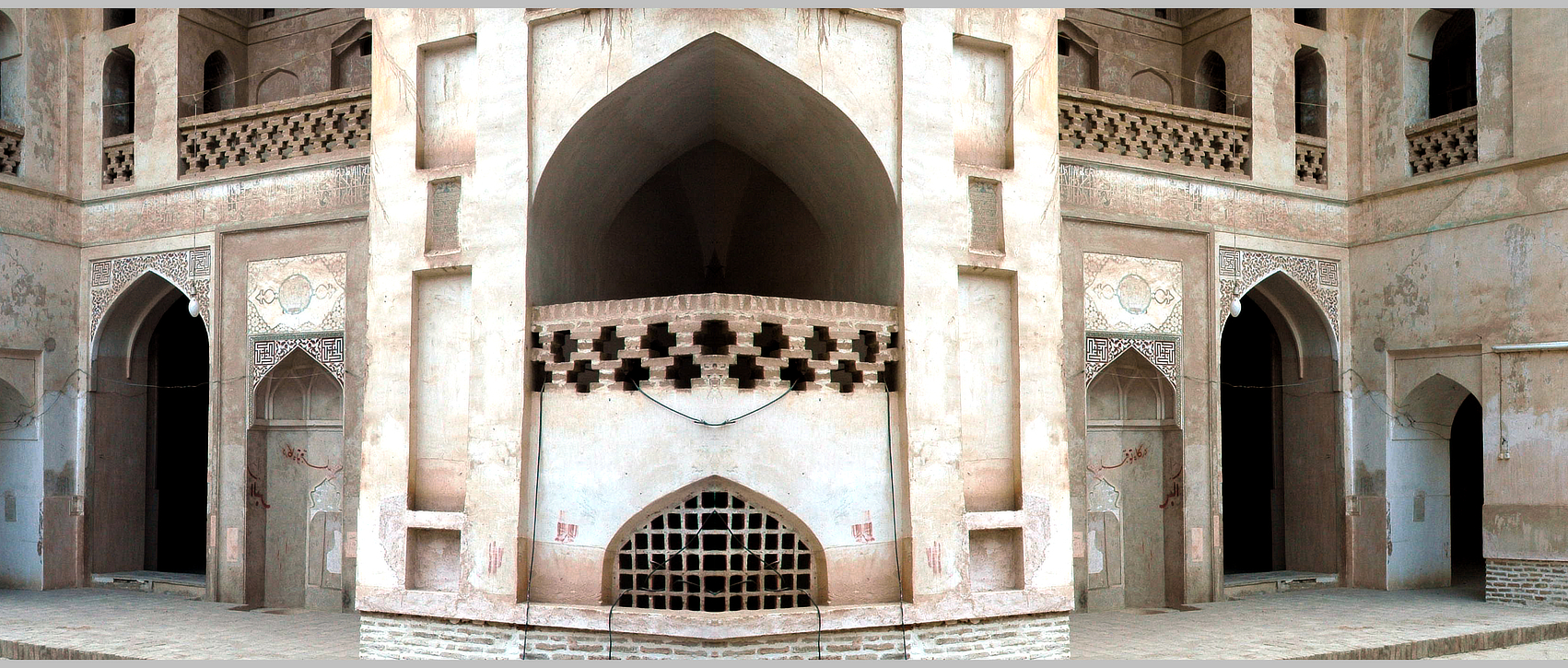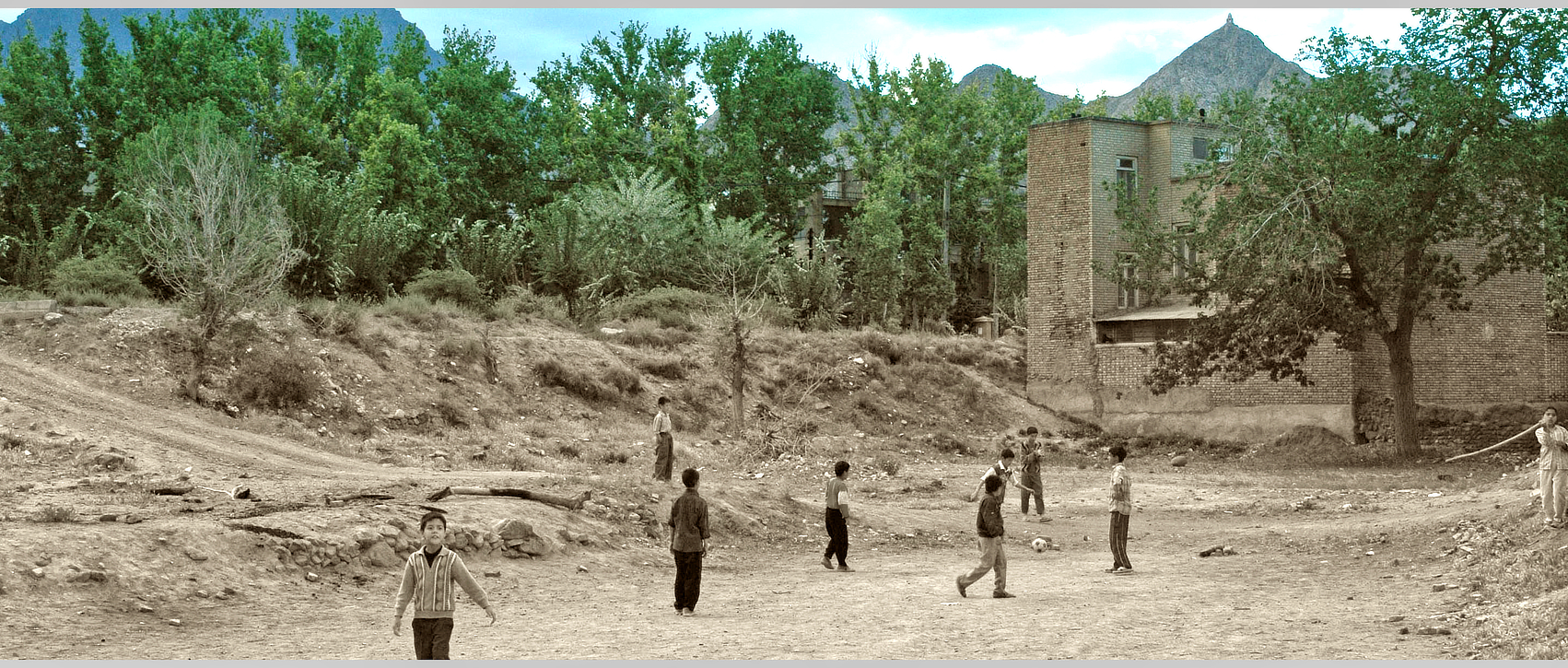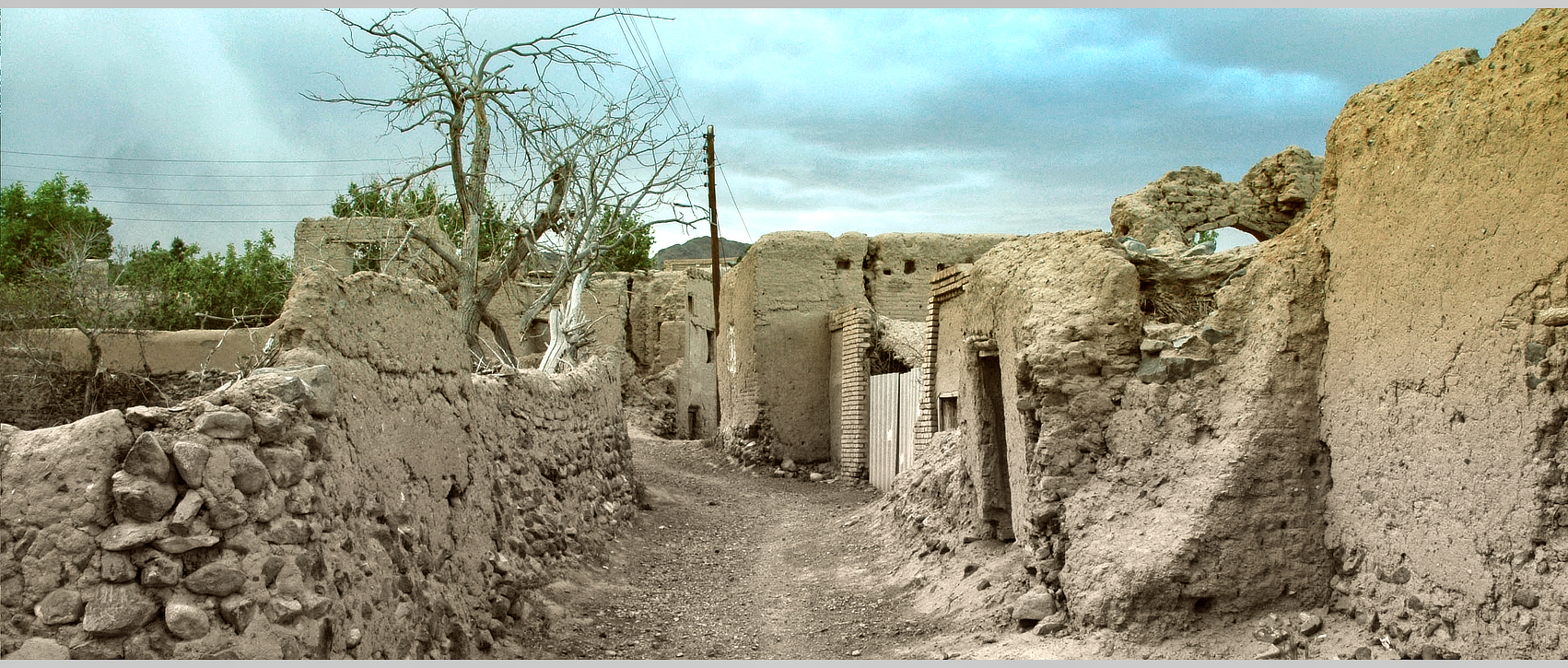“Frames of Reference”; Self published photo book; 380 Pages; 8″ x 10″
To order a copy, please visit Blurb Books
The collection of photos in this project document a journey to Iran, while also introducing a model for examining the nature of perception and understanding. The photos are arranged chronologically and presented in a continuous line, similar to a filmstrip. In this way, “Frames of Reference” can be viewed as a type of photographic novel; somewhere between a movie and a storybook. There is, however, no real beginning nor ending. Each image, page or spread can be viewed independently, although together they also portray a semi-linear story. Yet, this narrative is neither a strict documentary, nor a complete fiction, but simply an aesthetic reflection of various people, places and situations.
This project expands on the narrative aspect of photographic images, while acknowledging the ways in which we read an image and form an understanding of a particular representation. By melding a series of instants together, this project seeks to melt the “frozen moment” of each image, and thus points towards their presence within a larger narrative. This approach also results in the creation of a fluid virtual space into which the reader/viewer can easily project themselves, similar to the virtual places we create in our minds while reading a story.
“Frames of Reference” builds on the conceptual foundation, that we form an understanding of the things that we come in contact with, through the information that we perceive and gather via our senses. For instance, when we encounter a new situation for the first time, we immediately and almost spontaneously process the incoming sensory data against the backdrop of all the information, perceptions, experiences etc…that we have gathered and accumulated thus far in our lives. We then quickly form and construct an understanding of the new situation based on this old information. We often refer to this analysis as our “understanding”, and perhaps even go so far as to call it “knowledge”, without ever questioning the prior “frames of reference” that we have brought to the situation. This type of understanding, can never be an accurate reflection of reality since it relies solely on our senses, which are so prone to error.
Reality on the other hand, manifests as a unified whole; every object, situation, circumstance, phenomenon, etc… is an interdependent part of a larger picture that we call existence. In other words, every thing is situated within an endless web of connections, which thereby suggests that every object comes with its own frames of reference. Once we follow this line of thought, it soon becomes apparent that each and every bit and instant of space/time requires a multitude of frames of reference in order to clearly and exactly explain and define the perceived situation. For instance, although an image documents a particular moment, it ultimately needs another image, and another and another etc… in order to fully present all of the various definitions and layers of meaning inherent in that instant. But, where to stop? How much information is actually necessary for every given instant, image, object or situation? If every thing is ultimately connected and linked to everything else that exists, it must therefore depend on infinite frames of reference in order to become truly known.
Our understanding of Iran (or any place for that matter) can be viewed from a similar vantage point, in the sense that our perception and understanding of a place is obviously quite different than the reality of the locale. There is however, another added level of complexity in relation to distant places, because our perception of them is shaped for the most part through various types of representation, including photography. Photographic images are always one step removed from the reality that they portray. An image, no matter how “real” it may appear, is inevitably subject to a wide range of variables/ flaws and therefore is never a “perfect picture” of reality. Additionally, each picture is a single frame taken out of its larger context, which makes it that much more vulnerable to being “mis/understood” as the reality of a particular situation.
Recognizing this inherent complexity regarding the nature of reality and our habitual response towards it, the question becomes, how can we even begin to think that we really know anything, anyone, any country, or any culture? There are more than five hundred “frames of reference” interwoven to create these images, and yet they do not reveal, even the tip of the iceberg of these frozen moments.
